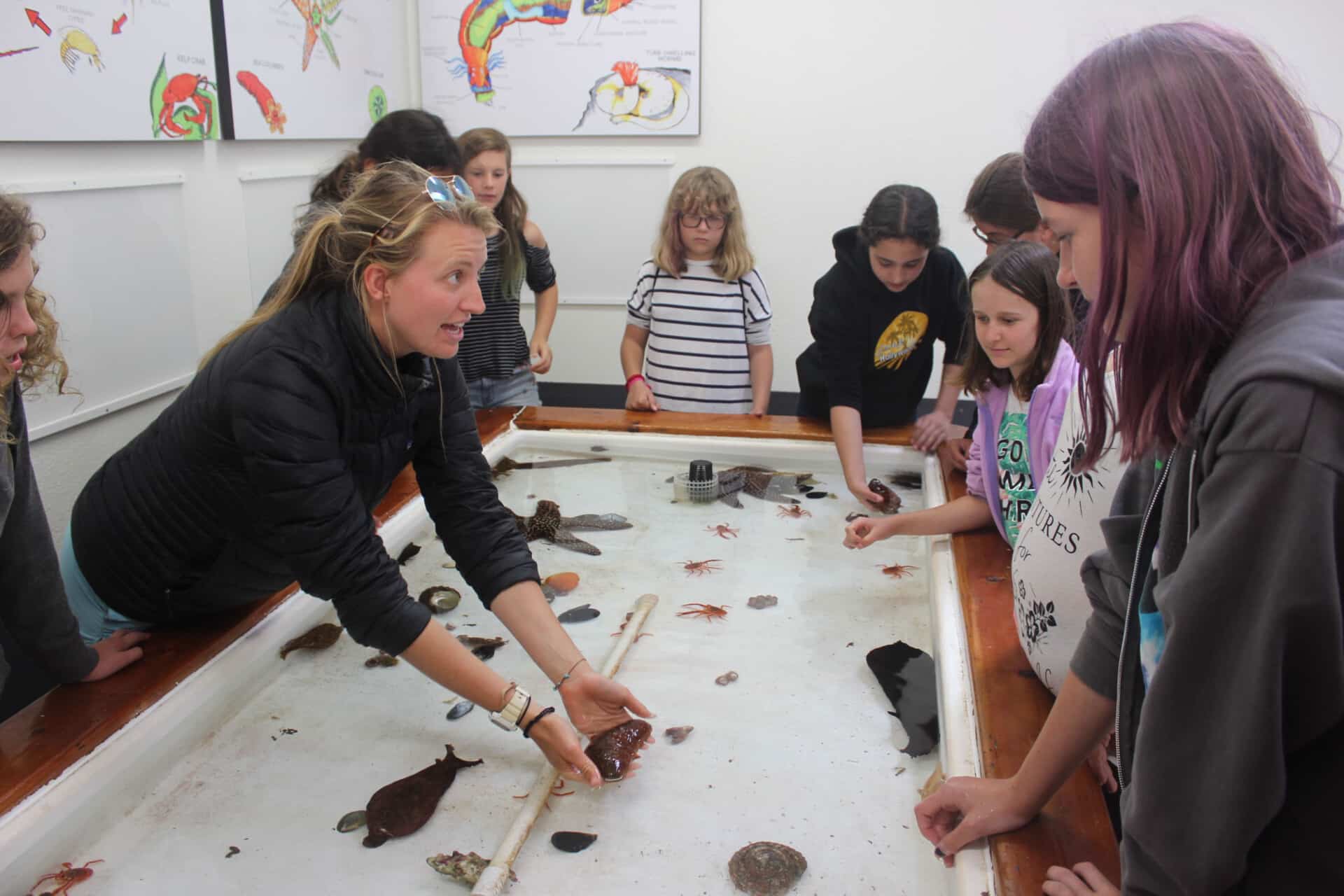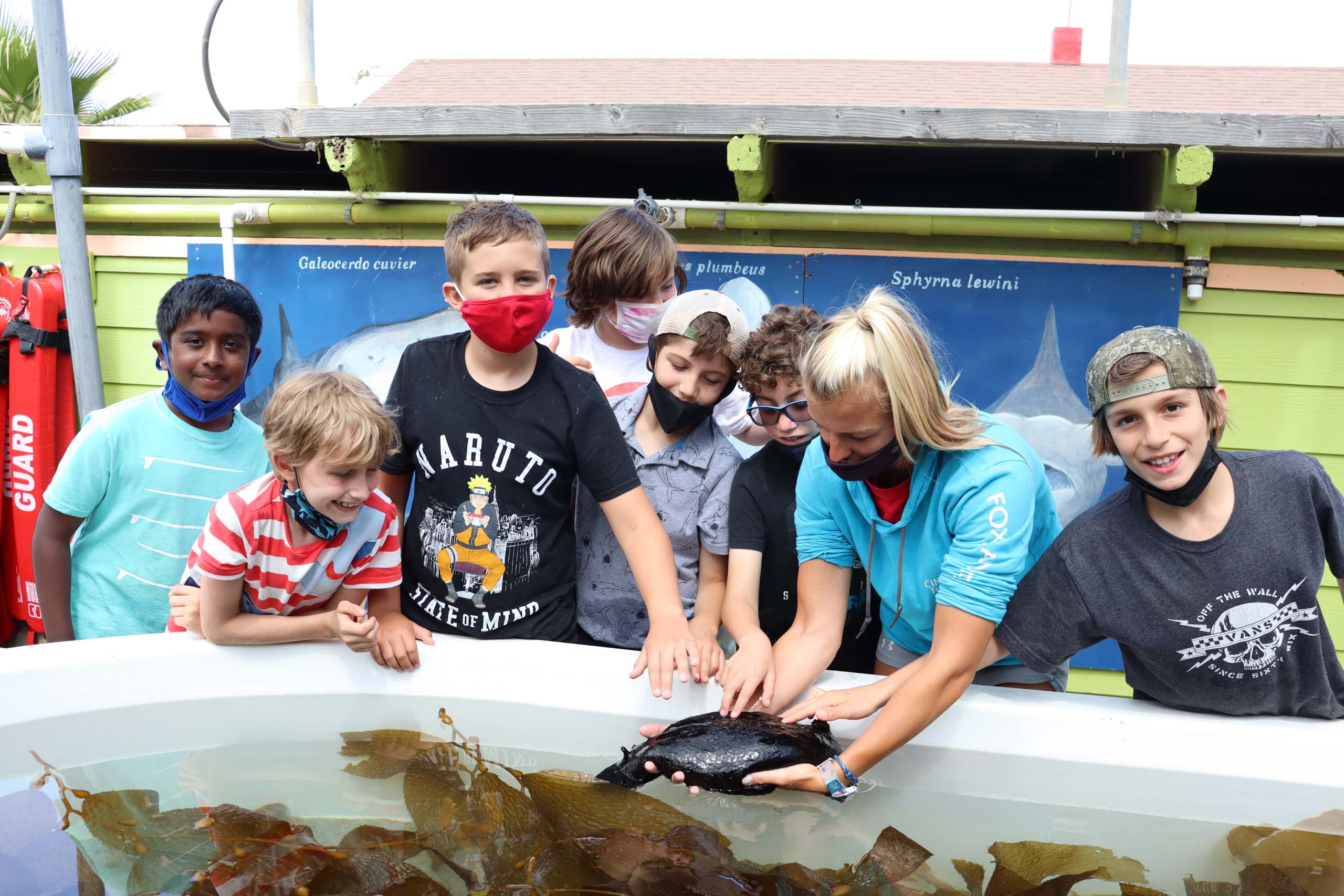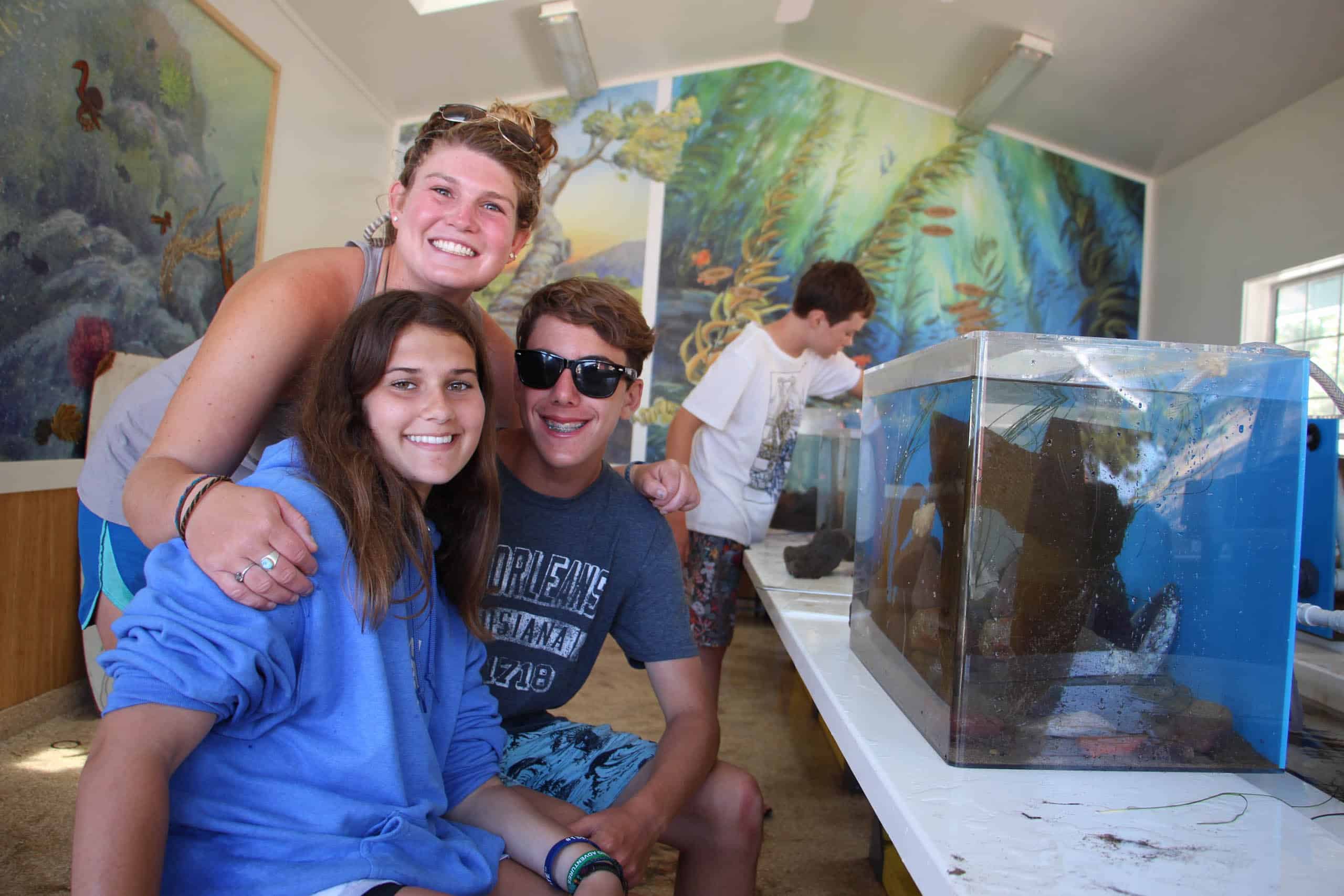
Did you know that 98% of all animals on the planet are invertebrates, while only 2% are vertebrates? Crazy! But what is the actual difference between invertebrates and vertebrates? The simple, easy answer is that vertebrates have a spine and invertebrates don’t.
But there are more interesting and nuanced differences between the two. Here we’ll break down the differences between them, and provide you with some examples of each.
Characteristics of Vertebrates
In addition to a spine, vertebrates have a well-developed internal skeleton and a brain that is enclosed by a skull. These animals have a central nervous system encased within the spine’s vertebral column. More than just a skeleton, vertebrates have highly developed sensory organs—eyes, nose, tongue, ears, etc.
Due to vertebrates’ strong skeletons and well-developed nervous systems, these animals are able to exist in nearly any habitat and adapt easily to changes in the environment. If the air suddenly gets warm, humans, as vertebrates, will sweat to help regulate their body temperature.
Characteristics of Invertebrates
Since invertebrates don’t have a spine, they don’t have a strong internal skeleton. This means they’re mostly small in size and slow-moving because there isn’t a way to support a large body and the muscles needed to power it—an exception is the squid which can grow up to 50 feet in size!
Similar to vertebrates, invertebrates can be found in an array of habitats from forests to deserts, caves, and seabed mud. However, because of their simple nervous systems, invertebrates aren’t able to adapt as quickly, and have to react based on instinct, never learning from mistakes. That’s why moths always flutter close to hot, bright lights even at the risk of being burned.
Examples of Invertebrates & Vertebrates
Vertebrates include five classes of animals—amphibians, birds, fish, mammals, and reptiles. Think humans, frogs, snakes, birds, cats, dogs, etc. Sharks are also considered vertebrates, even though they don’t have any bones in their body. Their spine is made up of cartilage, which is what your nose is made of! Fun fact: the smallest vertebrate is a frog that’s only 7.7 millimeters long—that’s smaller than a dime.

Invertebrates are mostly those incredibly important creepy crawlies: spiders, scorpions, centipedes and millipedes, crustaceans, insects, horseshoe crabs, worms, leeches, mussels and clams, snails, and squids, among others. Octopi are invertebrates too and are considered the most intelligent animals in their classification.

Explore the World of Ocean Invertebrates with Catalina Sea Camp
At Catalina Sea Camp, we explore the exciting world of marine biology through hands-on learning. Our unique ocean adventure summer camp program is full of snorkeling, boat trips, marine science, and the chance to see all kinds of animals in the wild.
We offer an invertebrate lab in both our 1-week and 2.5-week camp sessions. With our quirky collection of invertebrates, campers will get to see what ocean invertebrates look like up close, and learn what makes an anemone different from a sea star and an octopus.
If your child can’t get enough of these vertebrate and invertebrate facts, enroll them in Catalina Sea Camp where they can explore their passion for science with fellow marine biology-loving kids. Check out our dates and rates—we’ll see you soon.



